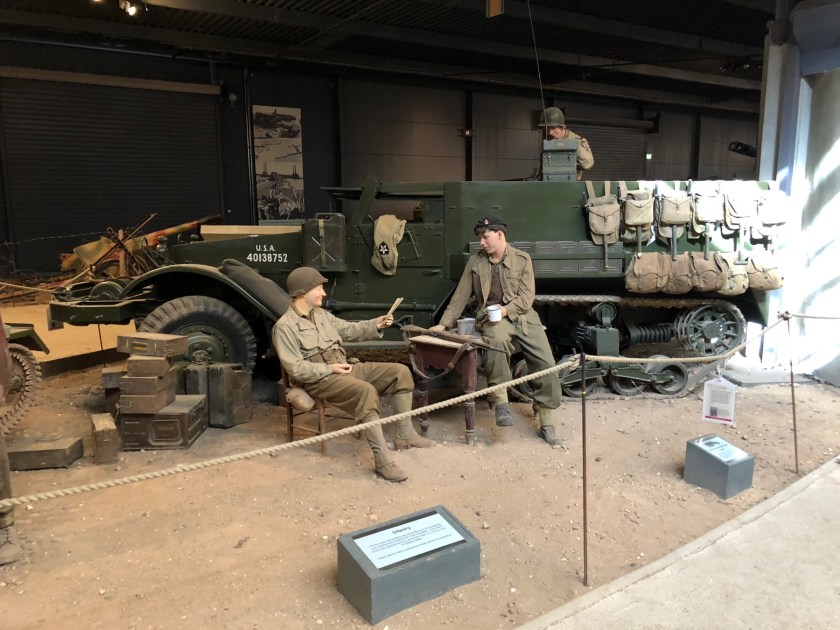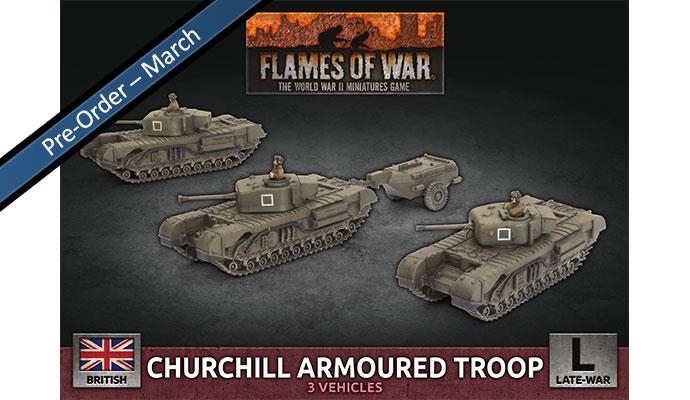The M5 half-track (officially the Carrier, Personnel, Half-track, M5) was an American armored personnel carrier in use during World War II. It was developed in 1942 when existing manufacturers of the M2 half-track car, and M3 half-track could not keep up with production demand. The M5 was supplied to Allied nations (the British Commonwealth, France, and the Soviet Union) under the Lend-Lease.

American WW2 half-tracked armoured personnel carrier, crew of 3 plus capacity for 10 fully equipped troops, powered by 6-cylinder petrol engine, armed with three machine guns.

This one was on display at the Imperial war Museum Duxford.
I do like the concept of this vehicles and it’s not something we see in today’s armed forces.
Flames of War M5 Half Tracks Miniatures Gallery















